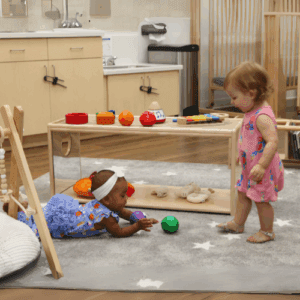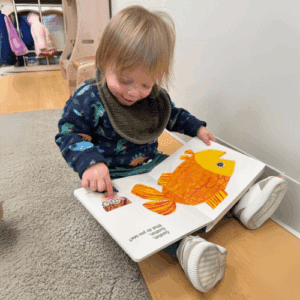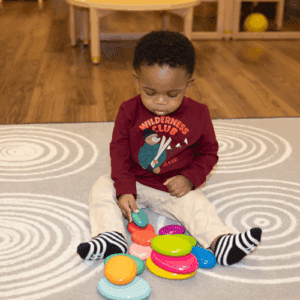Strong Start Early Care and Education Center offers high-quality day care in the Trumbull / Bridgeport area. We use an inquiry-based curriculum. You may well ask how an inquiry-based curriculum is implemented for very young children. We’ve talked, in recent blogs about questions that spur thinking and problem-solving in pre-k children, but what do we do when those in daycare are very young and really don’t have the language skills to formulate questions? The theory behind inquiry-based learning is that it can be used at younger ages, and is known as active learning. When a child engages all their senses in learning, it can be said that they are using active learning. This can be done indoors, as well as outdoors.
Stations
- One way to use inquiry-based learning for young children is to have stations that are devoted to certain activities.
- Examples of these stations are house play, blocks, science, dolls, vehicles, puzzles, and coloring
- Small groups of children are allowed at each station for a set amount of time.
- The amount of time allows the children to explore for themselves instead of engaging in a teacher directed activity.
- Children then switch stations and explore for a time at another station. If there is room, they are allowed to stay at one station as long as they like.
Sensory Learning
- Sensory learning is a key component of being an active learner.
- Children should be encouraged to voice their observations.
- Sensory learning can take place either outdoors or indoors.
- Outdoor sensory learning can take the form of exploring a local pond in a summertime, an autumn leaf pile, a winter snowbank or a springtime flower garden.
- Children should be encouraged to touch, smell and use all their senses, their whole bodies to explore the environment.
- Indoor activities can find from in play dough, shaving cream, water play, cooking, and indoor sandboxes.
Call for a tour of the facility or schedule one online here.




